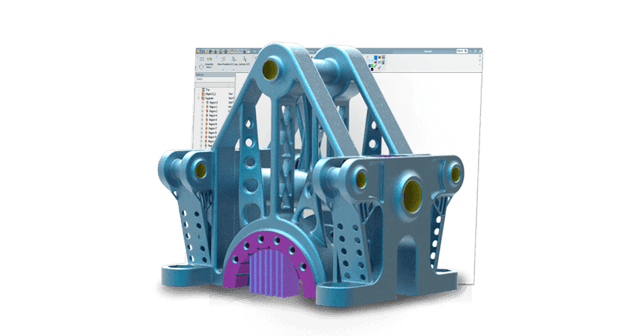

However, previously, this referred to two distinct practices, DFM and Design for Assembly (DFA). Often, when this phrase is used it is referring to Design for Manufacturing and Assembly (DFMA), a more holistic term for an engineering methodology that intends to optimise time-to-market and limit manufacturing process production costs during early design phases. Other basics of effective DFM include standardisation of parts to save on part cost, design simplicity, which may reduce the complication or number of parts required, and setup time reduction. General principles of DFM include designing objects for efficient assembly, the standardisation of materials and components, reducing the number of parts, and minimising the amount of manufacturing operations required on parts during assembly. The exact process of DFM will depend on what product is being designed and produced. Doing so will make manufacture less time-consuming, which will reduce cost and increase ease of manufacturing. Principles of DFMĭFM occurs early in product development, before tooling and the assembly process, when the product is being designed. This allows a manufacturer to identify and prevent mistakes or discrepancies. DFM involves efficiently designing or engineering an object, generally during the product design stage, when it is easier and less expensive to do so, to reduce manufacturing costs.

National Structural Integrity Research Centreĭesign for Manufacturing or Design for Manufacturability (DFM) is the optimisation of a part, product, or component’s design, to create it cheaper and more easily.



 0 kommentar(er)
0 kommentar(er)
